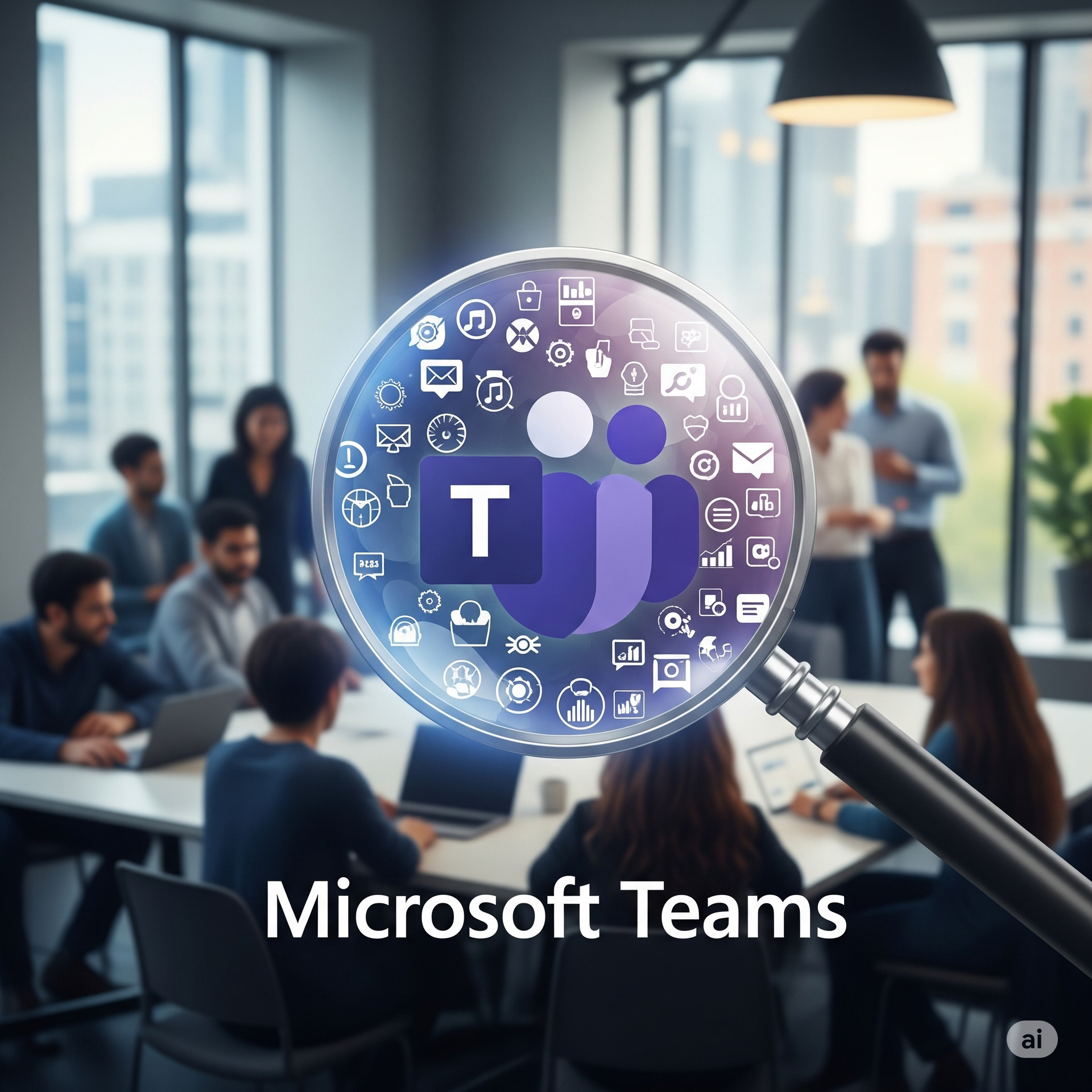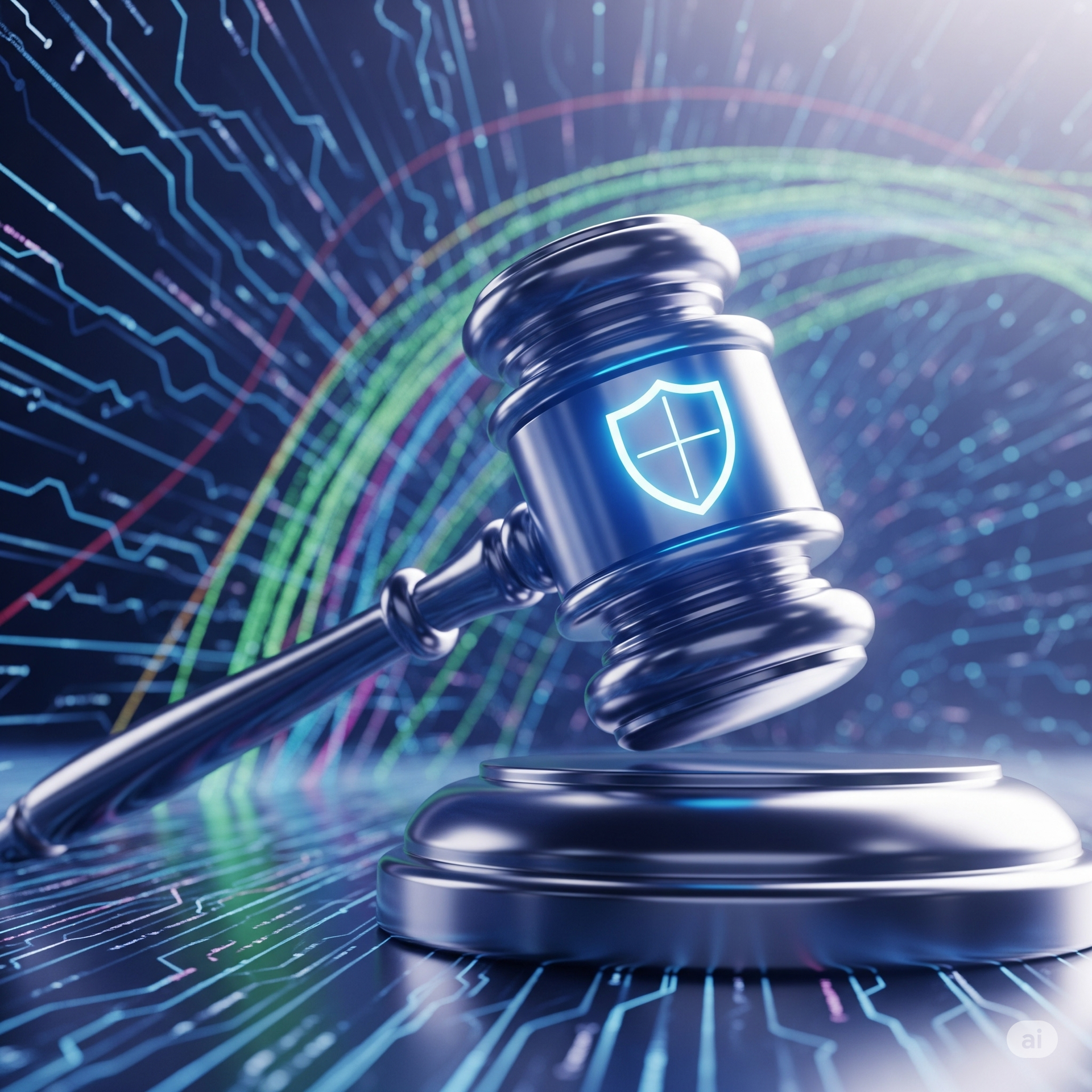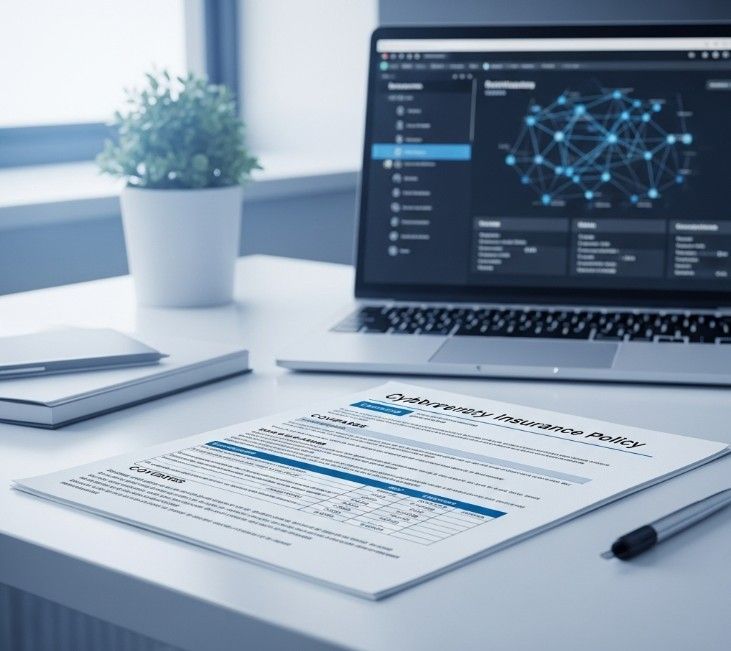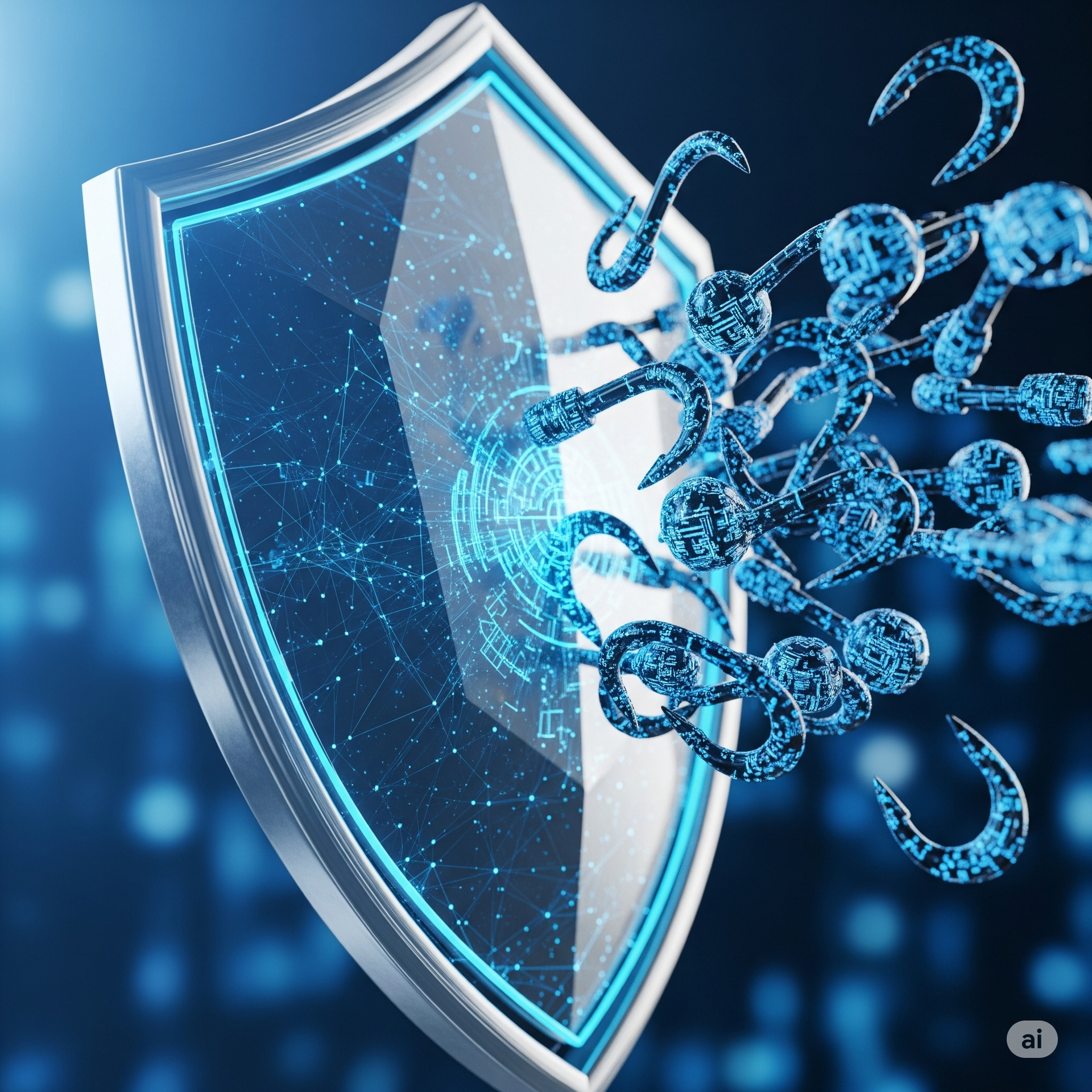Uncover Untapped Microsoft Teams Features for Enhanced Team Productivity
Uncover Untapped Microsoft Teams Features for Enhanced Team Productivity

Unlocking the Full Potential of Microsoft Teams for Your Business
In the world of digital collaboration, Microsoft Teams stands out as a robust platform that many businesses rely on for seamless communication and teamwork. However, the extent of Microsoft Teams’ capabilities often remains underutilized, with many users familiar only with its basic chat and meeting functions. Unlocking the full potential of Microsoft Teams can significantly elevate your team’s productivity. From file sharing and real-time document editing to integration with other Microsoft 365 apps, Microsoft Teams offers a plethora of features designed to enhance collaboration. Yet, beyond these well-known features, there are numerous lesser-known tools that can streamline workflows and foster a more cohesive digital work environment. Understanding and leveraging these untapped features can make a profound difference in how teams operate, leading to more efficient processes, better project management, and ultimately, successful outcomes. By delving deeper into Microsoft Teams’ capabilities, businesses can foster a culture of innovation and responsiveness that is essential in today’s fast-paced business environment.
Utilizing Advanced Meetings and Webinars for Effective Communication
One of Microsoft Teams' standout features is its advanced meeting and webinar capabilities, which extend far beyond simple video calls. For businesses aiming to maximize their communication strategies, exploring these functionalities can provide a significant edge. Microsoft Teams allows the hosting of large-scale webinars with up to 10,000 participants, ensuring that organizations can reach a wide audience effectively. Additionally, the platform offers features such as customized registration pages, attendee reporting, and Q&A sessions, enabling a more interactive and engaging experience. For routine meetings, Teams’ breakout rooms facilitate focused group discussions within larger meetings, promoting active participation and collaboration. Moreover, the meeting transcription and recording features ensure that important discussions are never lost, allowing team members to revisit and reflect on past meetings at their convenience. Leveraging these advanced communication tools can streamline information dissemination, enhance engagement, and optimize collaboration within and outside an organization.
Optimizing Workflows with Integrated Apps and Automation
- Microsoft Teams integrates seamlessly with various apps, enhancing workflow efficiency.
- Users can add apps like Trello, Asana, and Planner directly into their Teams interface, keeping projects organized.
- Automation plays a crucial role, with Power Automate allowing users to create workflows that automate repetitive tasks.
- Utilizing these integrations reduces manual effort and frees up time for strategic activities.
- By customizing Teams with these tools, businesses can create a tailored experience that addresses their specific operational needs.
Enhancing Collaboration Through Customizable Channels and Tabs
Microsoft Teams allows users to customize their digital workspace extensively, offering features that advance collaboration beyond initial expectations. Channels and tabs are particularly instrumental in organizing and segmenting teams' work into manageable units based on specific projects, departments, or interests. By utilizing private channels, sensitive discussions can be held securely among select team members, fostering trust and discretion. Moreover, the option to add tabs means teams can integrate essential services like SharePoint, OneNote, or even third-party tools directly into their channels, providing easy access to resources and information. This level of customization ensures that teams have immediate entry to the tools they use most, eliminating the need to switch between multiple applications. Such integration not only saves time but also ensures consistency and standardization across team activities. By strategically setting up their Teams environments, businesses can create an optimized space that inherently encourages communication, collaboration, and productivity.
HCS Technical Services











